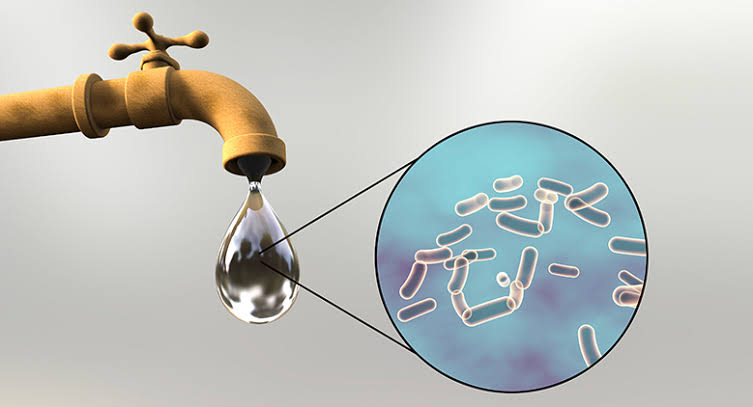Impurity is defined as a foreign particle inside a confined amount of gas,liquid or solid which alters the chemical composition of the compound or material.
Or
Any particle within a compound or material which brings about toxic effects to the compound are called impurities.
Impurities are either naturally occuring or added during synthetic process.It may be added purposely or accidentally.It can be dangerous to living and non living organisms . In industries during the manufacturing of various products , various foreign materials get involved with the product making the product impure. Products are organized on the basis of amount i.e, some products are less pure than the other products.
For examnple , the water we use in our daily life contain a number of impurities, which can be bearable in low concentration but at high concentration these cause adverse effects .
We can remove these by various purification processes.
Impurities and nucleation
When an impure liquid is cooled to its melting point the liquid, undergoing a phase transition, crystallizes around thevand becomes a crystalline solid. If there are no impurities then the liquid is said to be pure and can be supercooled below its melting point without becoming a solid. This occurs because the liquid has nothing to condense around so the solid cannot form a natural crystalline solid. The solid is eventually formed when dynamic arrest or glass transition occurs, but it forms into an amorphous solid – a glass, instead, as there is no long-range order in the structure.
These play an important role in the nucleation of other phase transitions. For example, the presence of foreign elements may have important effects on the mechanical and magnetic properties of metal alloys. Iron atoms in copper cause the renowned Kondo effect where the conduction electron spins form a magnetic bound state with the impurity atom. Magnetic one in superconductors can serve as generation sites for vortex defects. Point defects can nucleate reversed domains in ferromagnets and dramatically affect their coercivity. In general impurities are able to serve as initiation points for phase transitions because the energetic cost of creating a finite-size domain of a new phase is lower at a point defect. In order for the nucleus of a new phase to be stable, it must reach a critical size. This threshold size is often lower at an impurity site.

Types Of Impurities
Polymorph impurities
Phase transformation during manufacturing and storage result in solid state impurities represented by various unwanted polymorphic forms of the drug substance (e.g. Ritonavir). Besides the requirement for analysis and specification, any polymorphic state other than that specified may already cause patent infringement
E.g. Lisinopril dihydrate polymorphs, chlorthalidon
Genotoic impurities
Highly reactive molecules used in various synthesis steps with a high potential of side-reactions. Analytical detection and quantification is often challenging and requires sophisticated methods and/ or derivatisation.
E.g. Dibromoethane, mesylates, tosylates
Elemental impurities
Brought about as excipient impurities or during manufacturing as catalysts for oxydation and hydrolysis.
E.g. Al, As, Sn, Cd, Cr, Cu, Fe, Pb, Hg, Ni, Na, Ca
Packing material induced impurities
Leachable and Extractables (L&E) from primary packaging material form reaction products with drug substance and/ or excipients.
E.g. alkaline oxides from glasses (Na2O, SiO2, MgO, CaO ), phtalates, styrenes, diethylhexylphthalate plasticiser from PVC, 2-mercaptobenzothiazole accelerator from rubber
Sterioisomer impurities
Stereoisomeres (enantiomers and diastereoisomers) are related products similar to the drug substance with, however, potential toxicological side effects or altered physicochemical properties.
Degradation impurities
Degradation products result from a change in the drug substance brought about over time. For the purpose of stability testing of the drug products, such changes could occur as a result of processing or storage at various temperature and humidity conditions.
E.g. Deamination, oxidation, aggregation, proteolysis, hydrolysis

